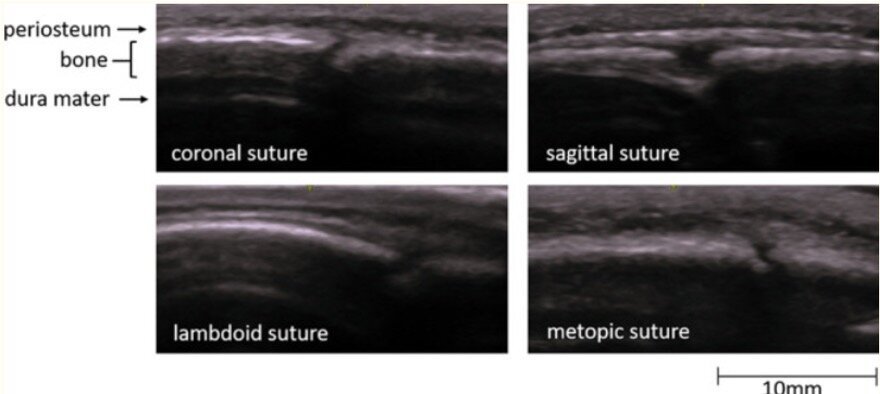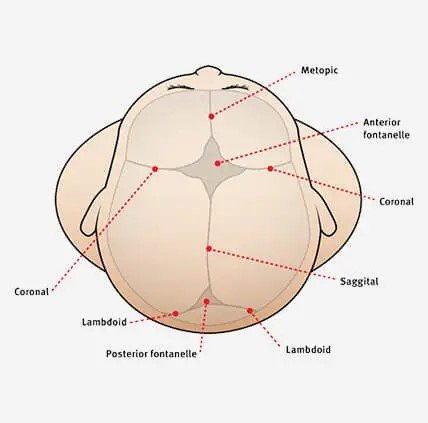Hello friends,
For my final clinical content based POTD, I wanted to summarize the steps for a nightmare event: the pediatric can’t intubate, can’t oxygenate scenario.
Resus residents, do you ever find yourself just glossing over the small bag in the corner of the bottom drawer of the airway cart when you do your daily check? The one labeled with the piece of tape that says “jet insufflation”? Maybe in the back of your head you have a vague idea that it’s supposed to be used for a needle cric in pediatric patients below 8 years old. But that’ll probably never happen right? Well, I’m here to tell you…..you probably are right. But that doesn’t mean that we shouldn’t be prepared for it.
I remember early resus year when I would check that the things on the check list were in that bag, but not actually have the context for how it all pieced together. It wasn't until PGY-2 procedure day when me and my co-residents in our group realized what a blind spot it had been for us. What are these random small syringes with the top off? Why is there the top of an ETT just out and about in here? Well, after reviewing the steps for the procedure, hopefully you can visualize how it all comes together.
Steps
1. Prep and drape while locating the cricothyroid membrane.
2. Pierce the membrane with the 14G angiocath directed 30-45 degree caudally.
3. Advance catheter over needle, hub to skin, and remove needle.
4. Attach a 7-0 ETT adaptor to top of a 3mL syringe with plunger taken out and attach this apparatus to the catheter.
5. Attach a BVM to ETT adaptor.
6. Take a deep breath (but don’t forget to also give your patient one), you did it.
It’s a relatively simple procedure, just with insanely high stakes.
Because I’m very much a visual learner:
Here’s a quick 1:52 min video: https://www.youtube.com/watch?v=F_PV7N2c2pQ. Note how the video does it is probably slightly different than how we would with our own makeshift kit here. Sorry for the potato quality but it’s short and gets the point across.
And lastly, I wanted to summarize a recent article written in June (the First10EM link below) that actually advocates doing a surgical approach with a scalpel and not going down the needle cric route for kids like what is traditionally taught to us. The author was also featured on this week’s episode of EMRAP going over this topic. Basically multiple professional societies have come out with contradictory guidelines over the use of needle vs surgical cric, which is not helpful. Data is super limited because of the rarity of this event in this population. Pediatric case reports seem to demonstrate a lack of success of the needle approach as the first line and that complications are to be expected even when the airway is established. This is seen again and again in adult studies as well.
The author then advocates that having the peds surgical cric approach in your toolbox is the best guarantee of achieving a definitive airway in this scenario with the least complications.
In children less than eight years old, the cricoid membrane may be too small so the horizontal incision step is discarded. There is also a higher risk of transecting the entire trachea with the horizontal incision. Instead in the peds surgical approach, you would just do a vertical cut through the trachea (though no more than 2 tracheal rings as this can make repair afterwards more difficult).
Would love to know what other peds providers think about this stance. It does seem like it is branching a little bit farther than what we’re comfortable with, but this is where the art of medicine comes in because the paucity of data out there.
References
https://www.ncbi.nlm.nih.gov/books/NBK537350/
https://first10em.com/the-pediatric-cant-intubate-cant-oxygenate-scenario-use-a-knife/
https://www.tamingthesru.com/blog/acmc/needle-cricothyrotomy
Breathe easy friends!







